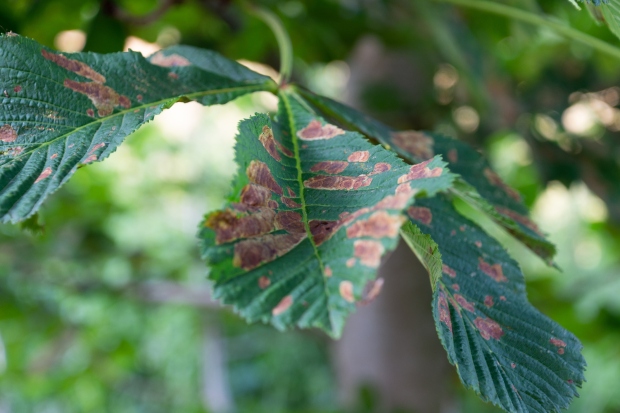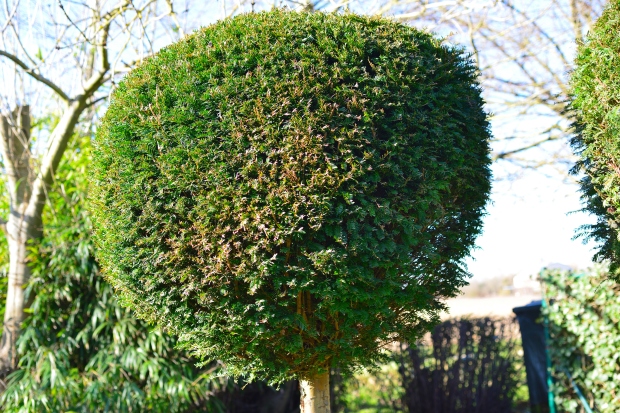Most Common Shrub Problems
Sometimes we notice problems with our shrubs that aren’t caused by insect pests or diseases. Just like it’s important to diagnose those problems quickly, you must also figure out what non-pest or disease problem is stressing your landscape shrubs.
The following seven concerns are some of the most common problems seen in shrubs.
1. Transplanting Shock
Even if you follow all the steps correctly when transplanting, your newly planted shrub may still experience transplant shock. It isn’t uncommon to see some wilting of the leaves, even if the soil is wet. Until the roots become established, they may struggle to absorb water and nutrients. Keep an eye on your shrub to ensure you aren’t overwatering it.

2. Mechanical Damage from Lawn Care
If you’re noticing stunted growth or even yellowing leaves, you want to do a quick check for mechanical damage. Lawn mowers and weed trimmers can create wounds at the base of your shrubs, damaging the bark. In severe cases, this damage causes girdling, restricting growth and even killing the plant.

3. Scorch
Scorch or sunburn is common on shrubs during times of drought or when your plant is getting too much intense sun. If your shrub is suffering from sun scorch, the edges of the leaves will appear bleached and dry, or you may see browning between the leaf veins.

4. Herbicide Damage
Shrubs planted within your lawn or close to the edge can often experience herbicide damage that looks like curled or deformed leaves. This damage occurs from chemical overspray or absorption by the shrub’s roots if it’s growing near a treated lawn.
5. Sunscald
Sunscald typically occurs during the winter when bark on the southwest side of the shrub heats up from the sun and comes out of dormancy. The bark is killed when followed by freezing temperatures as the cells freeze and burst. The intense summer sun can also overheat and kill bark too. After experiencing the damage, the bark may peel off.
6. Underwatering
Too little water results in quick wilting of your shrub, browning of the leaves, and even plant death. But the full extent of the damage may not be seen for some time. Ensure your plants are watered consistently, especially during hot, dry summers and even into late fall when evergreen plants still need water before dormancy.

7. Overwatering or Poor Soil Drainage
Just like too little water can be problematic, too much water can also harm your plants. Whether overwatering is human error or due to poor soil drainage, overwatering leads to leaf yellowing, defoliation, and root rot. In severe cases, root rot can kill a shrub very quickly, even before you notice an abundance of physical symptoms.